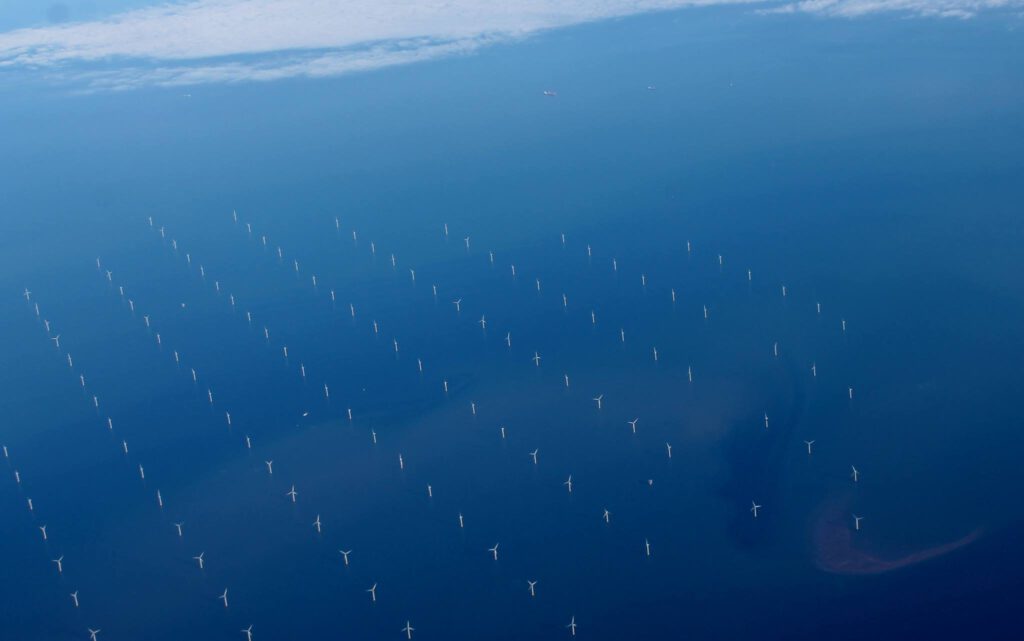Dr Cynthia Wang, Department of Sociology, University of Warwick
Today, our world faces unprecedented and mounting challenges: terrorism, climate change, conflicts and war-torn places, refugee crisis and migration, globalization and protectionism,exclusion and xenophobia, and blatant human rights violations in authoritarian states.
New issues have also occurred regarding climate change and global warming. After the removal of the White House climate change website, and rejuvenation of coal for employment and economy, on 1 June, President Trump announced that the United States, the second largest greenhouse gas emitter, was pulling out of the Paris Agreement. Adopted in December 2015 during the UN climate Conference in Paris and entered into force on 4 November 2016, the agreement, with concerted endeavor of the global communities, aims to combat the threat of climate change by keeping a global temperature rise this century well below 2 degrees Celsius above pre-industrial levels, and to pursue efforts to limit the temperature increase even further to 1.5 degrees Celsius.
The Agreement is inevitably not to be deemed fair for any single country only, but rather to achieve climate justice for all the countries and peoples on the earth.
Yet, according to Trump, “… the bottom line is that the Paris Accord is very unfair, at the highest level, to the United States.” What he says is not only wrong but also unfair to the world communities, especially unfair towards people least responsible for this crisis, who might lose their homes and land if the earth’s temperature rises.
Facing the retreat of the United States, the world has turned its eyes to the world largest greenhouse gas emitter-China. It was even expected that China could be up for the challenge of climate change leadership to save the planet. However, will or can China be the world leader on climate change? “The quick answer is no, no and no”, wrote Elizabeth Economy with her well-articulated analysis. The many measures that China has been taking are certainly welcomed. It vowed to peak its CO2 emissions by 2030 and reduce its energy intensity (the amount of energy consumed per unit of GDP) by 60-65 percent to meet its target under the Paris Agreement. Beijing has been cutting coal-fired power plants and promoting more renewable energy. In 2016, China invested $78.3 billion in renewable energy, ahead of both Europe ($59.8billion) and the United States ($46.4 billion). However, at the same time, China has been building more CO2 emitting coal-to-chemical plants across the country and actively supporting, financially and technologically, coal-fired power plants across the world. Domestically, despite Beijing’s issuing laws and policies, and taking efforts to fight pollution, smog is still rampant, and environment-related social conflicts and crises have never stopped. Moreover, during China’s ongoing pollution war, people’s rights and interests are often arbitrarily abridged. To tackle air pollution, Beijing closed heavy polluters such as cement plants and steel factories with little consideration of thousands of people who lost their means of livelihood. It is simply naïveté to think that the same one-Party state that takes all measures to suppress critical voice , restrict freedom of information , and prohibit pollution data disclosure in order to maintain its supremacy, could also be a responsible leader for climate justice.
There are however positive signs of concerted efforts in the international community. On 7-8 July, during the G20 summit in Hamburg, all members except the United States of the G20 group reiterated their commitment to the Paris Agreement and endorsed the Climate and Energy Action Plan. Devised by Germany, the plan clearly emphasizes that energy transition is an important step to reduce greenhouse gas emission.
Innovations and technologies change the world. The battle to reduce greenhouse gas emission has already incentivized new investment flows and technological innovation to scale up renewable energy and sustainable energy sources. Worldwide, solar panels and wind power have been creating both clean energy and jobs. In Denmark, wind power could already generate more than 100% of its own electricity demand at particular moments. Companies have used new technologies to transform our dependence upon fossil fuels such as Tesla’s solar roofs, which enables houses to generate clean energy for themselves. On 5 July, Volvo declared that by 2019, it will only produce electric or hybrid cars. A few days prior, France’s new president Macron pledged that France will ban diesel and petrol cars by 2040. This was soon followed by the UK in late July.

Yet, very often good gestures of politicians and enterprises are reflections of people’s demands. The strong will of the people for a better future is our hope.
Across the world, indigenous and non-indigenous people have fought fearlessly against mining, fracking and toxic polluters, including the Ogoni People in the Niger Delta fighting against Shell’s ‘ecological wars’; community members in Richmond California blocking Chevron’s plan to expand its oil refinery; and Mongolian herders protesting in China against mining pollution disrupting their grassland and livelihood, and many more. Most of all, this is not simply NIMBYism (not in my backyard), but rather in the words of the French anti-fracking activists, “Ni ici, ni ailleurs” (Not here or anywhere). In other words, to quote Naomi Klein, “no new carbon frontiers”. To avert climate catastrophe requires us to innovate, to collaborate, to demand strict regulations on polluters, to call for changes from excavation to renewable, and to have a renewed imagination of “environmental and climate justice” at a global scale.
Facing dire challenges and arising opportunities, this issue of Toxic News has presented four articles that address environmental issues from different perspectives. In An Uphill Battle to Hold High-tech Corporations Accountable, Wen-Ling Tu tells us the disturbing news of high-tech companies polluting Siaoli River, the inspiring story of people’s fight in pushing the government to clean up contamination, and how persistent environmental activism made High-Tech IT companies use new technology to achieve “Zero Liquid Discharge Solution” in Taiwan for the first time. Our second article, The Elusive Search for Environmental Justice co-authored by David McRobert, Jordan Shay and Julian Tennent-Riddell, provides a comprehensive legal study on the complicated, decades-long and turbulent environmental justice case where indigenous plaintiffs struggled to hold Chevron accountable for its destructive legacy in Ecuador. This article also reviews the disastrous 1984 Bhopal chemical leak that claimed thousands of lives in India, and the massive spills of Shell operations in the Niger Delta in 2008 and 2009. Following this, Matthew T. Huber meticulously analyzes the issue of climate accountability in our carbon-based society, by asking the question: Whose carbon footprint matters? He critically addresses the “hidden abode” of production, and suggests that we need to build a confrontational climate politics against the power of “producers” with the highest carbon emissions. Lastly, Liwen Chen shared her story of researching e-waste in Beijing, China. Analyzing the contribution of the informal e-waste recycle sector in Beijing, she proposes that the role of informal e-waste recycling in Beijing shall not be disregarded by the policy makers when designing e-waste mechanism.
Featured photo by Vivian Zhou
